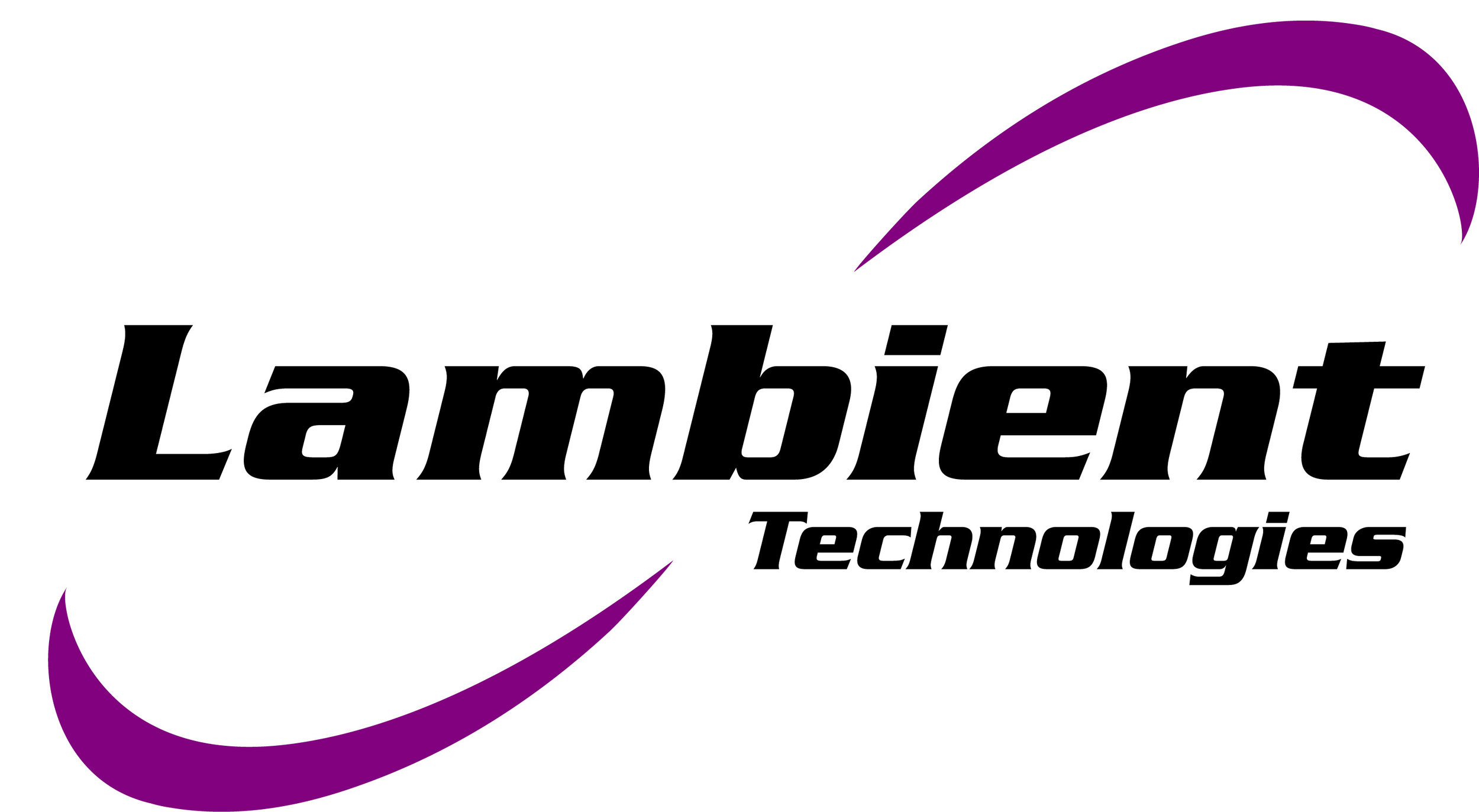Modern composite materials are a critical element of wind energy components.
what we do
Advanced composites and thermosets have revolutionized wind turbine, aircraft, aerospace vehicle, marine, and automotive development. But companies using these materials often don’t understand how the materials cure during manufacturing. Only dielectric cure monitoring, also known as dielectric analysis (DEA), offers critical insights into composite and thermoset degree of cure in real time, during processing. This assures users of the integrity of their processes and their materials—and of the reliability of their finished products.
Frequently asked questions
What is dielectric cure monitoring (DEA)?
• Dielectric cure monitoring is a thermal analysis technique for measuring cure state. It tracks the cure state of a material by measuring the electrical properties of permittivity and resistivity.
• Ion viscosity (resisitivity) is proportional to mechanical viscosity for significant portions of cure. Ion viscosity tracks cure state throughout cure, even after ion viscosity deviates from mechanical viscosity. See Figure 1.
Figure 1: Comparison of resistivity (ion viscosity) and mechanical viscosity during cure.
What are the benefits of dielectric cure monitoring?
• Dielectric cure monitoring provides insight into cure state.
• DEA can determine the effects of time, temperature and other process parameters.
• Dielectric cure monitoring saves time, effort and expense.
• Sensors are rugged and can be used in presses, molds or ovens.
• Samples can be applied to sensors in any form.
• The same measurements can be used in R&D, QA/QC and manufacturing.
What types of companies can benefit from dielectric cure monitoring?
• Wind energy/aerospace/automotive/electronic packaging
• Raw resin/materials manufacturers
• Suppliers of adhesives, paints and coatings
• Suppliers of pre-impregnated (pre-preg) composites
• Bulk Molding Compound (BMC)/Sheet Molding Compound (SMC)/Epoxy Molding Compound (EMC)
Which applications can use dielectric cure monitoring?
• Formulation, reaction rate, cure and process development and monitoring
• Water and solvent diffusion
• UV curing/dental adhesives/optical adhesives/photoresist
• Rheology
• Research and development/quality assurance and quality control/manufacturing
What materials can be studied with dielectric cure monitoring?
• Thermosets
• Epoxies
• Acrylics
• Silicones
• Polyesters/polyurethanes/polystyrenes/polyimides/polyamides
• Composites and laminates
• Bulk Molding Compounds (BMC)/Sheet Molding Compounds (SMC)/Epoxy Molding Compounds (EMC)
• Paints, coatings and adhesives
• Oils


